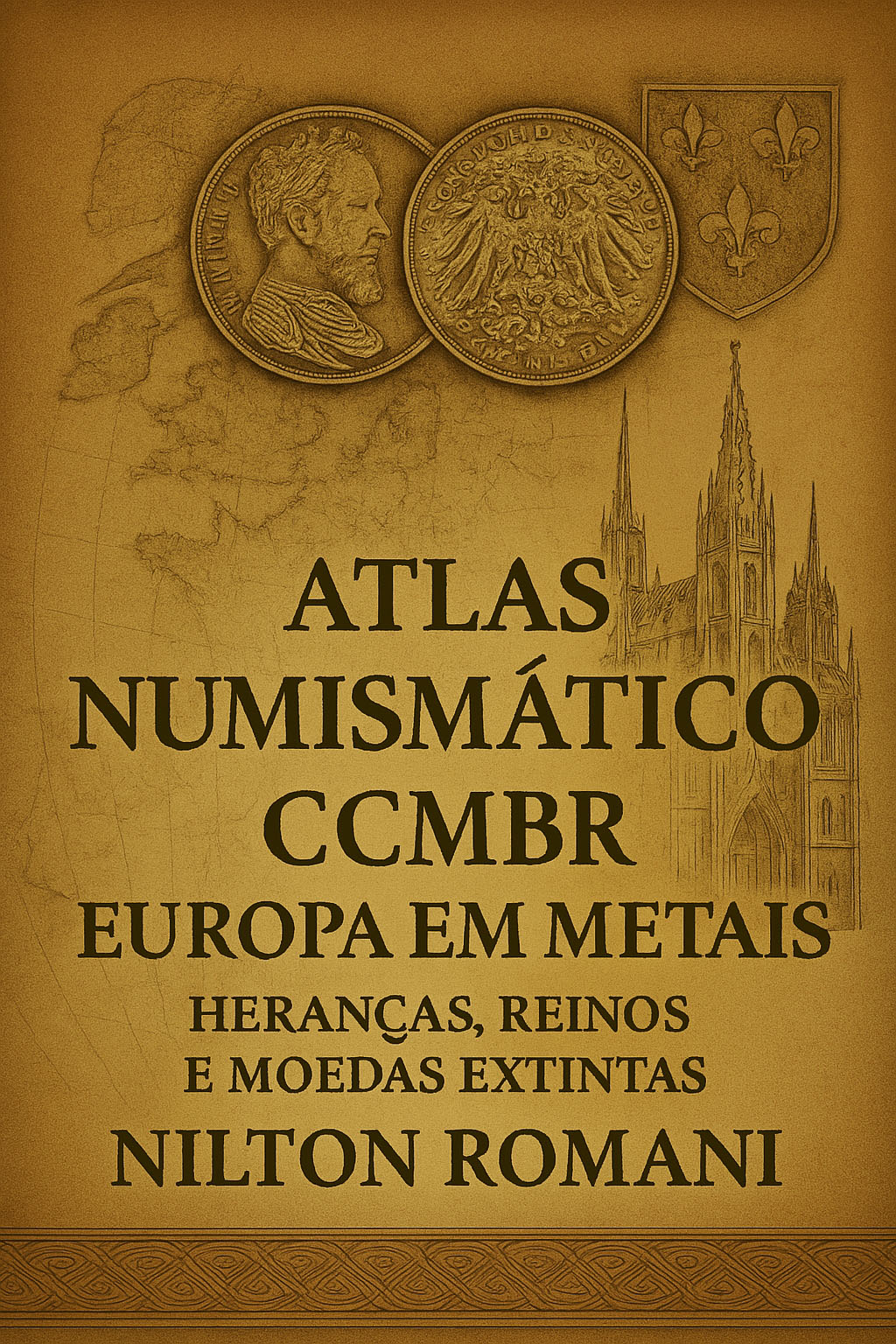
Basic Country Data:
-
Country ISO Code: DE
-
Official Language: German
-
Language ISO Code: de
-
Current Official Currency: Euro
-
Current Currency ISO Code: EUR
Complete Financial History of Germany (in German):
1. Current Official Currency: Euro (EUR)
-
ISO Code: EUR
-
Singular Name: Euro
-
Plural Name: Euro
-
Monetary Subdivision: 1 Euro = 100 Cent
-
Subdivision Name Singular: Cent
-
Subdivision Name Plural: Cent
-
Initial Production Date: 1999 (electronic money), 2002 (physical cash)
-
Final Production Date: ongoing
-
Initial Circulation Date: 2002
-
Final Circulation Date: currently in circulation
-
Mint: Various European mints including Staatliche Münze Berlin and Bayerisches Hauptmünzamt München
-
Issuing Bank: European Central Bank (ECB)
-
Coin Denominations: 1, 2, 5, 10, 20, 50 cents; 1 and 2 euros
-
Banknote Denominations: 5, 10, 20, 50, 100, 200, 500 euros (500-euro note discontinued since 2019)
-
Designs / Symbols:
-
Coins feature European architectural styles and German national side with federal eagle.
-
Banknotes depict bridges, gateways, and windows from various European architectural periods, no real persons.
-
-
Status: Active currency, valid in Germany and 18 other Eurozone countries
-
Legal Basis: Treaty on the Functioning of the European Union, ECB regulations on currency issuance
-
Signatories on Banknotes: President and Vice-President of the ECB
-
Persons Honored: No real persons depicted, only architectural motifs
-
Curiosities:
-
Euro introduced as electronic currency in 1999 and physical cash in 2002, replacing Deutsche Mark in Germany.
-
Germany is a key member of the Eurozone with significant influence on ECB monetary policy.
-
2. Historical Currencies of Germany
a) Deutsche Mark (DM)
-
ISO Code: DEM
-
Singular Name: Mark
-
Plural Name: Mark
-
Monetary Subdivision: 1 Mark = 100 Pfennig
-
Subdivision Name Singular: Pfennig
-
Subdivision Name Plural: Pfennig
-
Initial Production Date: 1948
-
Final Production Date: 2002
-
Initial Circulation Date: 1948
-
Final Circulation Date: 2002
-
Mint: German state mints (Berlin, Munich, Stuttgart, etc.)
-
Issuing Bank: Deutsche Bundesbank
-
Coin Denominations: 1, 2, 5, 10, 50 Pfennig; 1, 2, 5 Mark
-
Banknote Denominations: 5, 10, 20, 50, 100, 200, 500, 1000 Mark
-
Designs / Symbols:
-
Coins with federal eagle, nominal values, and national symbols.
-
Banknotes with portraits of notable German figures such as Goethe, Schiller, Beethoven, Clara Schumann, and Albrecht Dürer.
-
-
Status: Out of circulation since 2002, but exchangeable indefinitely at the Bundesbank.
-
Context:
-
Introduced after World War II to stabilize the German economy.
-
Symbol of the German "economic miracle".
-
b) Reichsmark
-
ISO Code: RM
-
Singular Name: Reichsmark
-
Plural Name: Reichsmark
-
Monetary Subdivision: 1 Reichsmark = 100 Reichspfennig
-
Initial Production Date: 1924
-
Final Production Date: 1948
-
Issuing Bank: Reichsbank
-
Status: Out of circulation since 1948
-
Context: Currency during Weimar Republic, Nazi regime, and World War II.
c) Rentenmark
-
Introduced in 1923 to end hyperinflation
-
Subdivision: 1 Rentenmark = 100 Rentenpfennig
-
Used temporarily until Reichsmark introduction in 1924
d) Goldmark
-
Introduced in 1871 after German unification
-
Subdivision: 1 Mark = 100 Pfennig
-
Production: 1871–1914 (before WWI)
-
Design: Gold-backed currency with imperial portraits and federal eagle
-
Status: Out of circulation after 1914
3. Mints / Production Locations
-
German state mints: Staatliche Münze Berlin, Bayerisches Hauptmünzamt München, Staatliche Münze Stuttgart, among others
-
European mints for Euro coins: Paris, Rome, Madrid, etc.
4. Design, Symbolism, and Special Features
-
Historical coins and banknotes feature rulers, national symbols, and cultural motifs
-
Euro coins have a common European side and a national German side
-
Numerous commemorative and special edition coins (e.g., 10-euro silver coins)
5. Issuance and Exchange Rights
-
Deutsche Mark exchangeable indefinitely at Bundesbank until 2020
-
Euro is official currency since 2002
6. Signatories on Banknotes
-
Deutsche Mark: Presidents of Deutsche Bundesbank
-
Euro: President and Vice-President of the European Central Bank
7. Notable Persons Featured on Deutsche Mark Banknotes
-
Johann Wolfgang von Goethe (10 DM)
-
Friedrich Schiller (10 DM)
-
Ludwig van Beethoven (100 DM)
-
Clara Schumann (20 DM)
-
Albrecht Dürer (50 DM)
This report provides a comprehensive overview of Germany’s monetary history from the introduction of the Goldmark in 1871 to the current Euro currency, including major coin and banknote denominations, mints, historical contexts, legal frameworks, and commemorations.
Comentário

